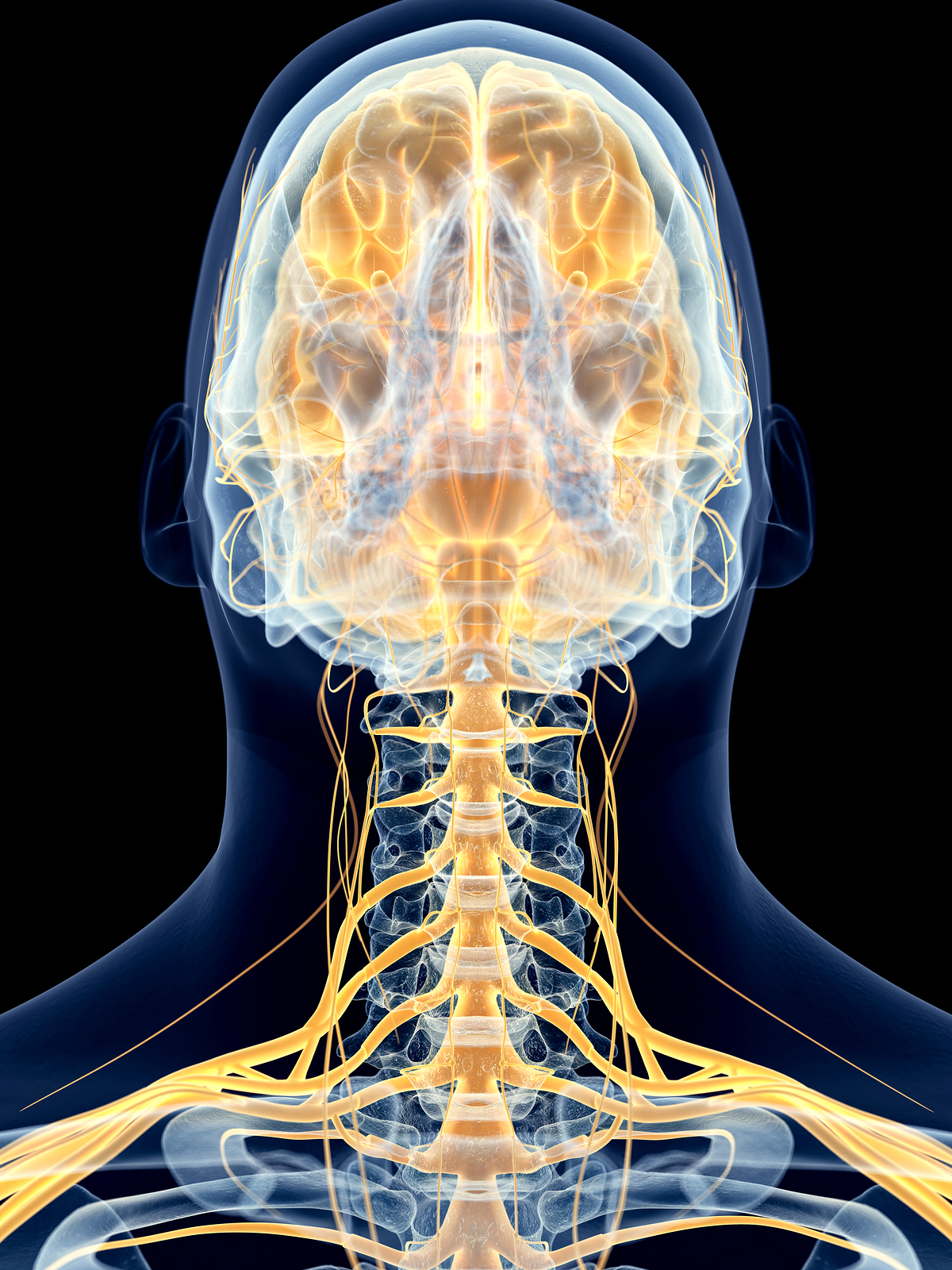
Structured physiotherapy has been suggested as treatment before as well as after surgery to improve clinical outcomes in patients with cervical radiculopathy (CR), but randomized clinical trials to inform evidence-based clinical guidelines for the treatment of patients with CR after surgery are lacking. The aim of this study was to compare the results of structured postoperative physiotherapy combining neck-specific exercises with a behavioral approach to a standard postoperative approach in patients who had undergone surgery for cervical disc disease with CR at 6 months after surgery.
Patients with cervical disc disease and persistent CR who were scheduled for surgery were randomized preoperatively to structured postoperative physiotherapy (n = 101) or a standard postoperative approach (n = 100). The latter included pragmatic physiotherapy in accordance with the usual Swedish postoperative care. Outcome measures included patient-reported neck disability as measured with the Neck Disability Index (NDI), intensity and frequency of neck and arm pain, global outcome of treatment, and expectation fulfillment, as well as enablement. RESULTS Patients who received structured postoperative physiotherapy reported greater expectation fulfillment (p = 0.01), and those who attended at least 50% of the treatment sessions reported less neck pain frequency (p = 0.05), greater expectation fulfillment (p = 0.001), and greater enablement (p = 0.04) compared with patients who received the standard postoperative approach. No other difference between treatment groups was found (p > 0.15). The NDI and neck and arm pain intensity were improved in both groups at 6 months after surgery (p < 0.001). Additional use of postoperative physiotherapy was reported by 61% of the patients who received the standard postoperative approach.
The results from this first randomized clinical trial of postoperative physiotherapy showed only minor additional benefit of structured postoperative physiotherapy compared with standard postoperative approach 6 months postoperatively in patients who underwent surgery for cervical disc disease with CR. Patients who received structured postoperative physiotherapy reported higher expectation fulfillment, and many patients in the standard postoperative approach group perceived a need for additional treatments after surgery, suggesting that patients with CR are in need of further postoperative support. The results confirm that neck-specific exercises are tolerated postoperatively by patients with CR, but more studies of postoperative physiotherapy are needed to inform clinical guidelines for this patient group.
No comments:
Post a Comment